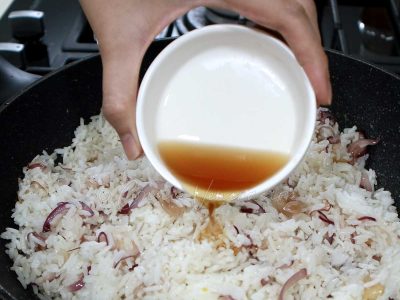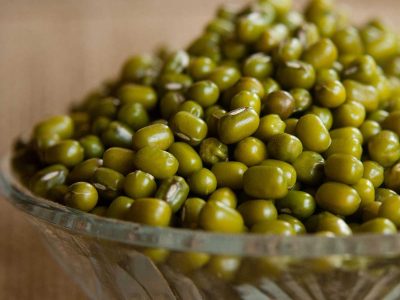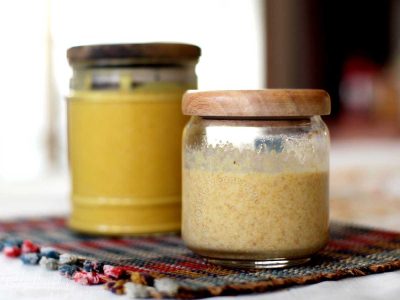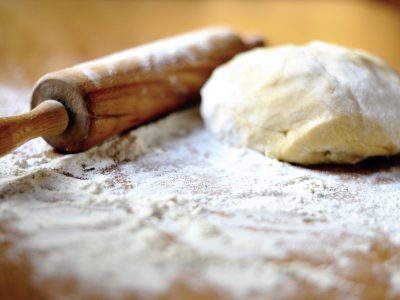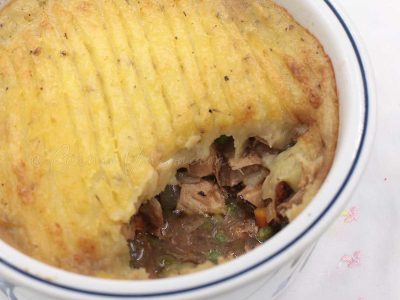What’s so special about a tajine, anyway?
The benchmark of tajine cooking is the addition of very little liquid and allowing the meat (and vegetables) to cook in their own juices. Think Dutch oven or even an electric slow cooker as it operates in a similar fashion. With the tajine, the conical cover allows steam to fall back into the dish. Any excess pressure is released through a small hole on top of the cover.
If the idea appeals to you and you intend to buy a tajine, remember this: Not all tajines are meant for cooking. Some are used merely as a serving dish. So, before paying for a tajine, make sure that what’s you’re getting can go on the stovetop, on the grill, in the oven or all of them. Then, when you get home, season the tajine before you use it for cooking.
What does season a tajine mean?
We’re not talking of spring or summer here. We’re not talking of salt and pepper either. When we talk of cookware, seasoning means conditioning it, coating the cookware with a non-stick layer to prevent the elements of the cookware to interact with the food. Cast iron cookware is seasoned. So are cookware made of terra cotta (clay), especially if unglazed.
And how did I season my tajine? It was a three-step process.
1. I soaked the tajine — dish and cover — overnight in a pail of water.
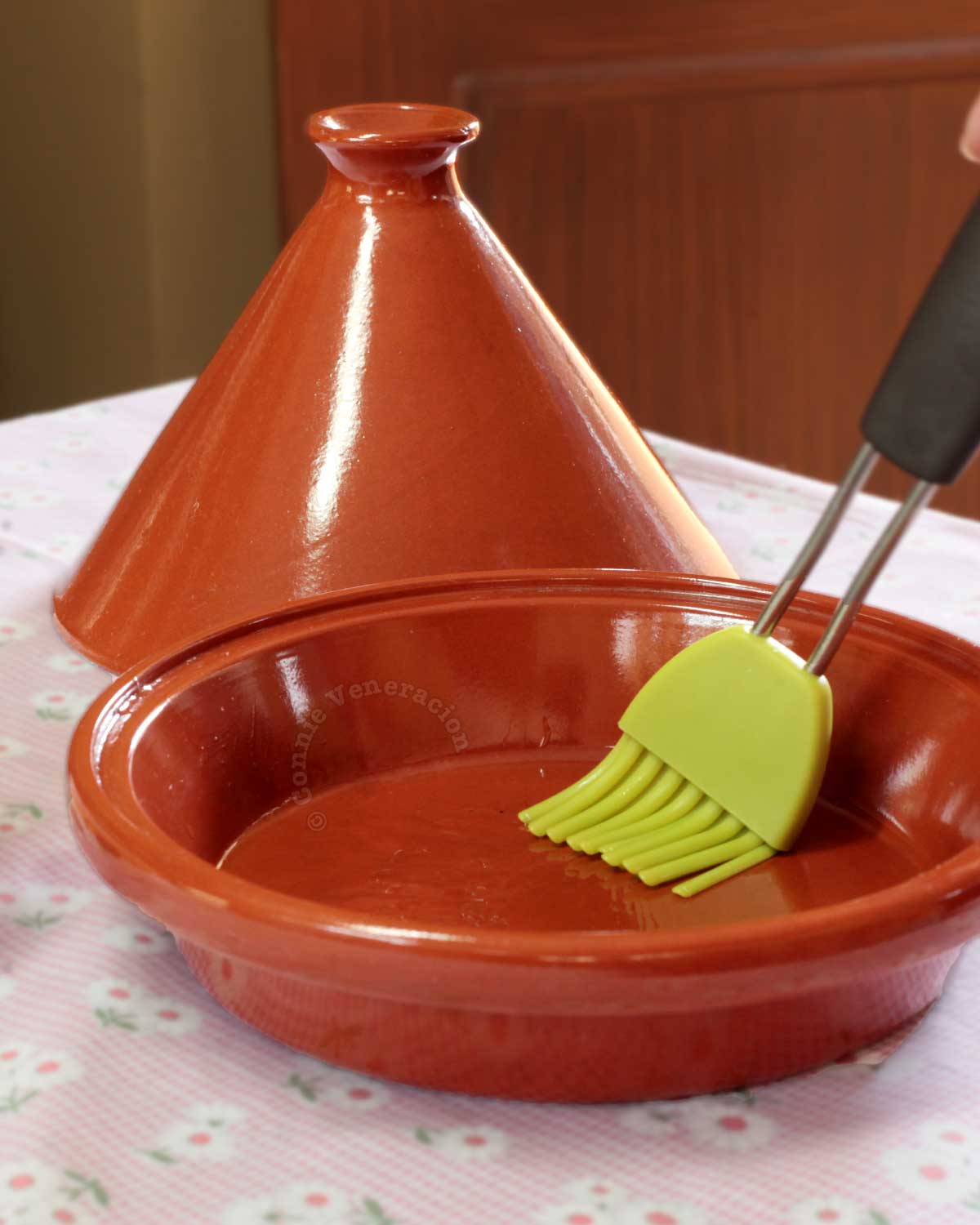
2. The next day, I air-dried the tajine then brushed every surface with olive oil.
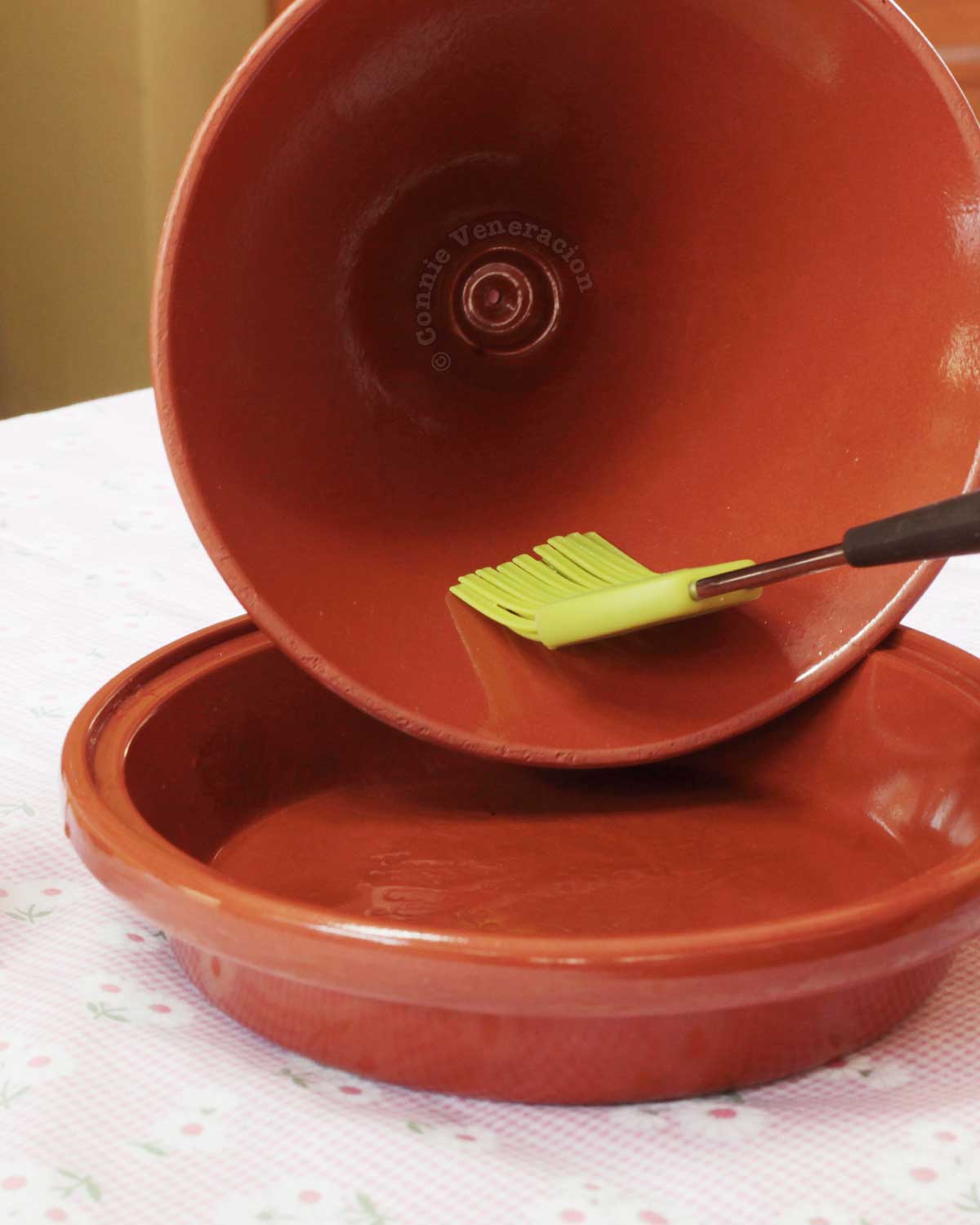
Some manufacturers require that only the insides of the dish and cover be seasoned but I decided it was safer to do it all the way. So, I brushed the underside of the dish and the outside of the cover with oil too.
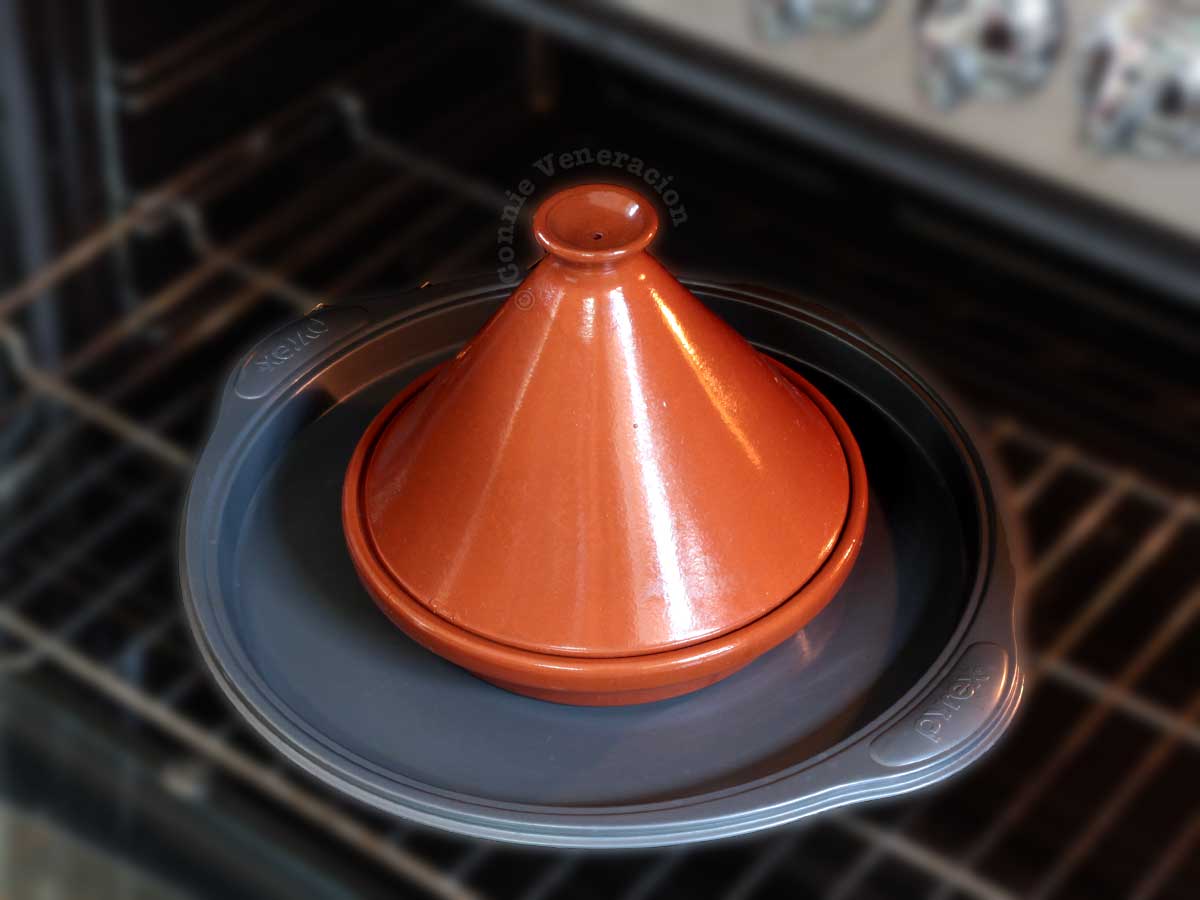
3. I baked the tajine in a “cool” oven (300F to 310F) for two hours, turned off the heat and allowed the tajine (still inside the oven) to cool to room temperature slowly.
If you follow those three steps, your tajine is seasoned. Just wash in warm water and brush with oil once more before using.
The obvious question is whether the tajine needs to be seasoned only once. Well, yes, although if you use it often, it wouldn’t hurt to season again every couple of months.
How to make your tajine last longer
1. Some tajines can be used on the grill, in the oven AND on the stovetop; others are for oven or stovetop use only. Check the manufacturer’s instructions.
2. A tajine is a slow cooker so it isn’t designed for high-heat cooking the way that woks are.
3. Wash in warm soapy water and do not use abrasive materials. If cooked food is stuck at the bottom of the tajine, soak in warm water before rubbing off gently.
4. Optionally, brush with oil before storing.

